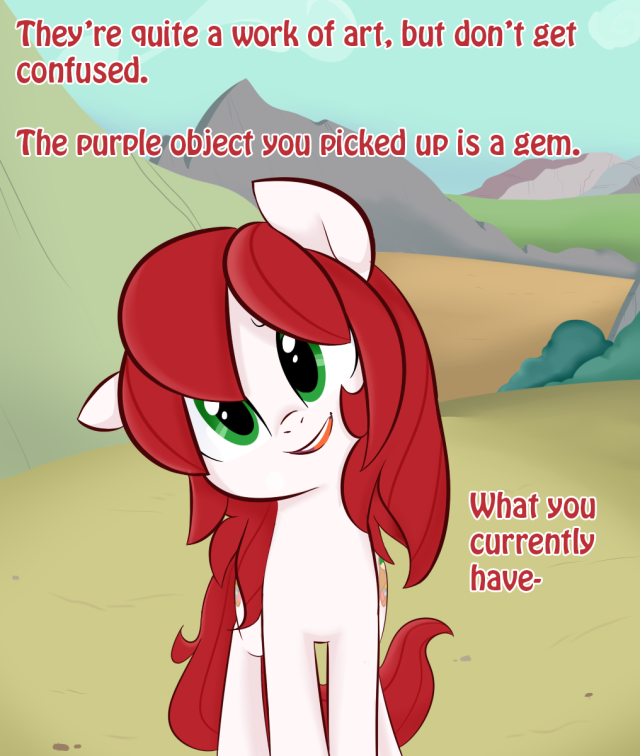


The first point is just below the cockpit display at the top of the screen (just above the sky). Now, re-watch the above video clip and try to identify where the palettes are changed by mentally aligning the diagram with the video. This palette is changed three times in a single frame, at the vertical positions where the colors change in the diagram. The leftmost 16 columns represent the first palette. The vertical position where the color changes on the diagram corresponds to the vertical position of the change on the display. A column with more than one color indicates a mid-frame color change. Each column represents an entry on a color palette. If we map out the color palettes for each horizontal line of the display, we get this:Ī representation of the color palettes in the above Burning Force example. Let’s look at an example of mid-frame palette swapping from Burning Force: Colors are swapped mid-frame several times in this scene from Burning Force. However, sometimes CRAM dots were left as-is. Developers often obscured these dots using sprites, as we will see in some examples below. The more colors written to CRAM at a time, the more CRAM dots will appear. Any time a color is written to CRAM while the screen is being actively rendered, that color will appear on the screen in a single pixel rather than the intended color. One of the tradeoffs to mid-frame palette swapping is that artifacts will often appear on the screen. This technique can be used to surpass the color limitations of the VDP, although it comes with tradeoffs. The process can be repeated more than once per frame. This raster effect results in one vertical section of the screen being drawn with one set of palettes, while another section is drawn with another set of palettes. Palette colors can be changed in CRAM while the VDP is in the middle of rendering a frame and then changed back at the end of the frame, a process known as mid-frame palette swapping.
#Fceux palette swap download
Set symbolic debugger name entry dialog text limits when creating a new label Fixed new-PPU debug information (address and pixel) Step Into hotkey More granular accounting of scanline and dot Trace Logger Fixed incorrect display of resolved address for (FF,x) Symbolic debugging Optionally display register names CDLogger Fix crash when attempting to open file picked as target for Save Stripped ROM operation PPU Viewer 8x16 sprite display mode Hex Editor Added option to dump entire 64k memory space Don't forget to load the symbols, when hex editor is first launched before debugger Show values for registers $4000-$4017 Cheats mmc5 Akumajou Dracula crash fix More RAM available in search SDL Added apply button to video config dialog Added link to libgd project download page in readme Noted optional libgd dependency in readme SCons: Fixed logic for LOGO and CREATE_AVI options Manpage updates Added hotkeys for volume up/down Menu toggling with the Alt key Print error when opengl/scalers are both enabled Fixed bug where lua open file gui would default to home directory[/quoteĬopyright 1999 - 2022 to Table of Contents Palette Swapping

Removed speed notification per script reload, if it remained 100%įixes to sound.get() region consistency and frequency/midikey detection for Noise and DPCM channelsĪdded -dumpinput and -playinput functionsĪdded onscreen messages when region changesĪdded debuggerPageSize config variable which lets you pick whether 8KB physical PRG pages are used, or 16KB (the original). Made NTSC filter internal resolution closer to 4:3Īdded external palettes: SONY_CXA2025AS_US.pal, RP2C03.pal (and its versions), Unsaturated-V6.pal Prescale filter for 2x, 3x and 4x resolutions The SDL port has been fixed and updated as well.įixed rerecord counting broken outside taseditorįixed mappers: 225, 119, 4, 35, 31, 69, 212, 45Īdded CoolBoy, KS7010, SB200, UNIF 158B, UNIF DRAGONFIGHTER, UNIF BMC-10-24-C-A1, UNIF EH8813A, UNIF HP898F, UNIF F-15, UNIF RT-01, UNIF UNL-KS7017, UNIF BMC-81-01-31-C, UNIF UNL-8-IN-1įixed a bug with FDS flag being always set when converting a FCM Reverse engineering tools and Lua scripting have got some updates, new input devices are supported, new palette files have beed added. The 2.2.3 release fixes a number of emulation bugs, features overclocking (for lag reduction) and Dendy mode, and adds support for a bunch of new ROM dumps (mostly unlicensed). As the X implies, it is an all-encompassing FCEU emulator that gives the best of all worlds for the general player, the ROM-hacking community, and the Tool-Assisted Speedrun Community. The concept behind FCEUX is to merge elements from FCE Ultra, FCEU rerecording, FCEUXD, FCEUXDSP, and FCEU-mm into a single branch of FCEU. Over time FCE Ultra had separated into many separate branches. FCEUX is a cross platform, NTSC and PAL Famicom/NES emulator that is an evolution of the original FCE Ultra emulator.


 0 kommentar(er)
0 kommentar(er)
